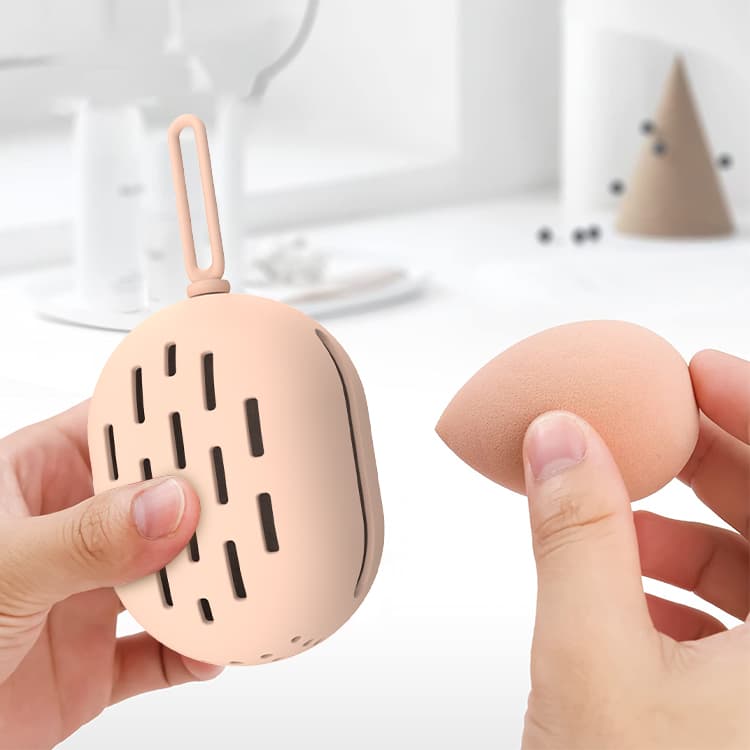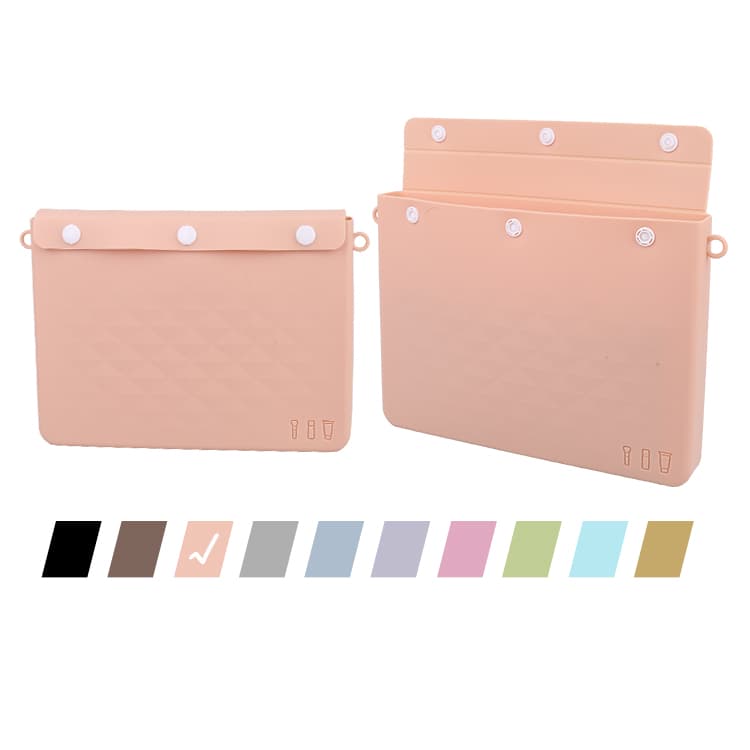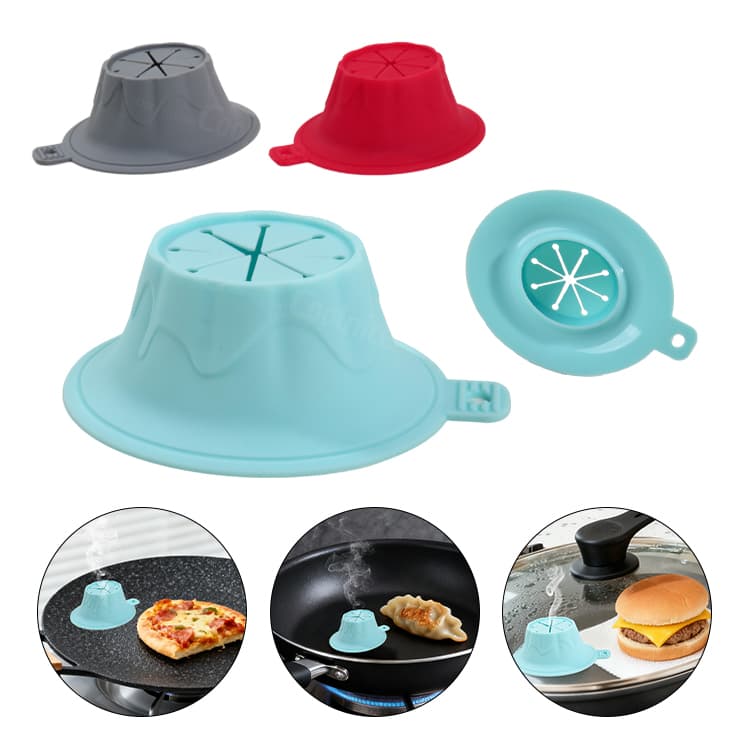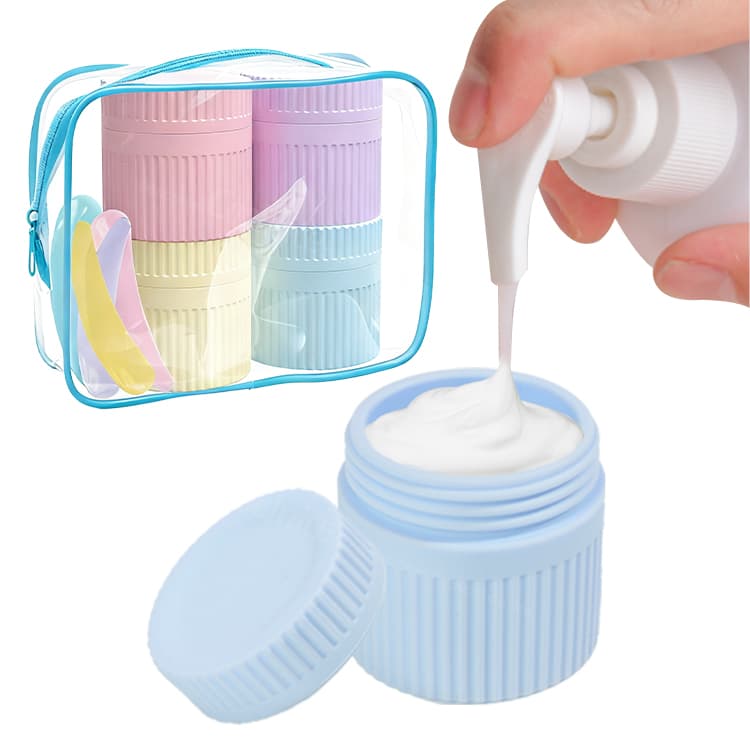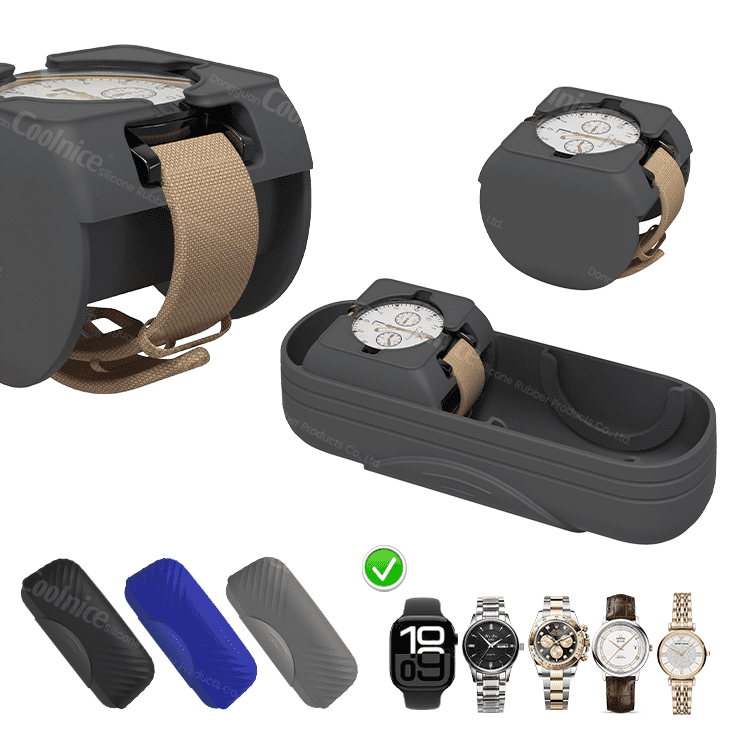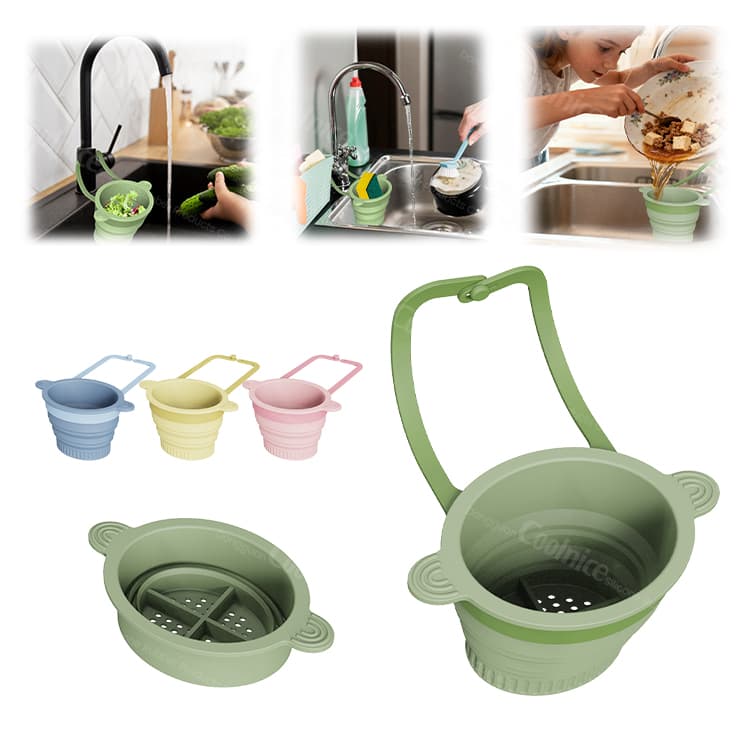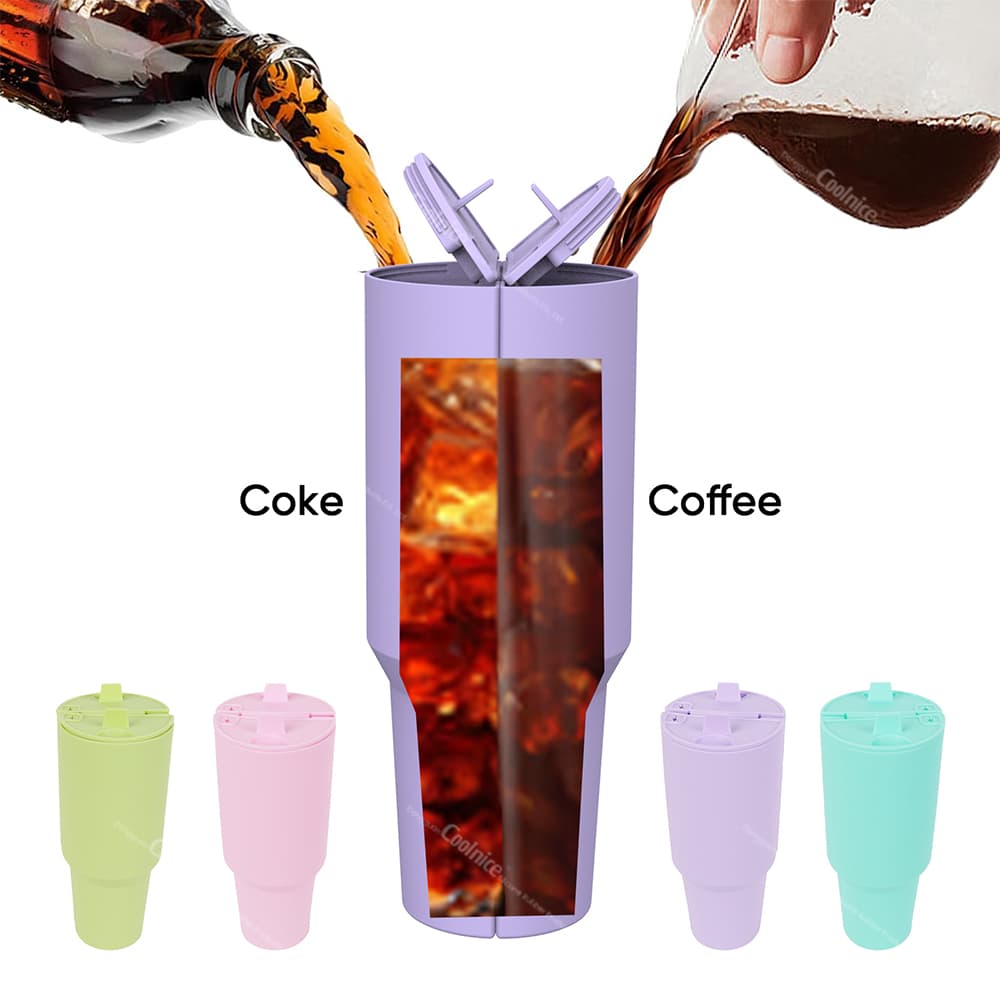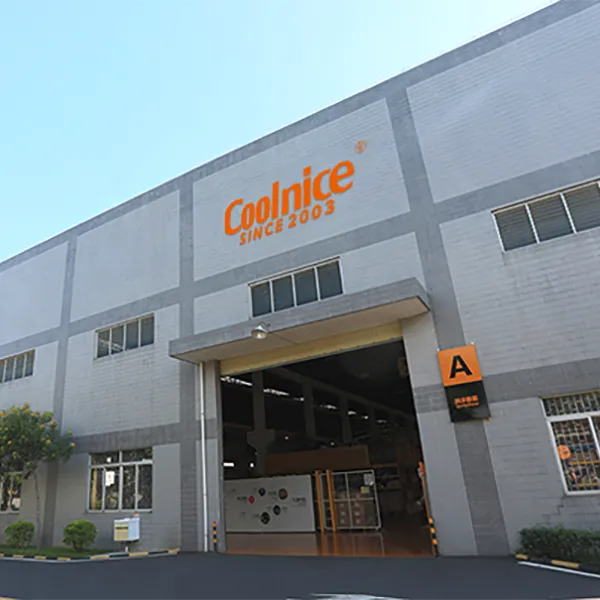Is Silicone Bakeware Safe? A Complete High-Temperature Guide by Coolnice
What Is Food-Grade Silicone?
Food-grade silicone is a non-toxic, flexible, and durable material widely used in kitchenware. It is created from silica (a natural element from sand) combined with oxygen and carbon, then cured under heat and pressure. The result is a strong, stable material that can be shaped into molds, mats, and baking trays.
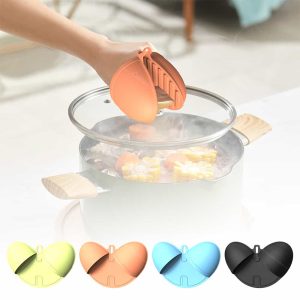
FDA and LFGB Standards
When a product is labeled as food-grade silicone, it means it meets FDA (U.S.) or LFGB (EU) safety standards. Both certifications ensure that silicone does not leach harmful chemicals into food when heated. LFGB testing is generally stricter, so products meeting this standard are considered higher quality.
Why Choose Silicone for Baking?
Silicone is naturally resistant to heat and cold, does not absorb odors, and is hypoallergenic. Unlike metal, it does not rust, and unlike plastic, it does not warp at high temperatures. For home bakers and professional kitchens, it offers convenience and safety in one product.
Can Silicone Withstand High Temperatures?
One of the most common questions is: will silicone melt in the oven? The answer is no—food-grade silicone bakeware is safe up to 230°C (446°F) for continuous use, and in short bursts, it can handle up to 350°C (662°F).
Silicone Baking Mat Max Temp
Most silicone baking mats are designed for repeated oven use. The typical temperature range is -40°C to 230°C, making them suitable for baking, freezing, and reheating. Always check the product label, but high-quality mats will withstand standard oven baking.
Is Silicone Heat Resistant Long-Term?
Yes. Even after hundreds of cycles, silicone does not crack or release toxins when used correctly. The key is avoiding direct flames or broiler settings, which exceed silicone’s heat resistance and can cause damage.
Is Silicone Safe in the Oven and Microwave?
Oven Safety
Can silicone molds go in the oven? Yes, they are oven-safe within the recommended temperature range. Silicone does not melt or leach chemicals into your food at normal baking temperatures. Always place silicone bakeware on a stable metal tray for better heat distribution.
Microwave Safety
Can I put silicone in the microwave? Absolutely. Silicone is microwave-safe and does not produce harmful fumes. Unlike plastic, it remains stable under heat and does not melt into your food.
Freezer-to-Oven Use
One advantage of silicone is its ability to withstand extreme temperature changes. You can safely move silicone bakeware from the freezer straight into the oven without cracking.
Common Safety Concerns About Silicone in Baking
Does Silicone Leach Into Food?
High-quality silicone that meets FDA or LFGB standards does not leach chemicals, even when heated. However, low-quality products with fillers may release odors or discolor over time.
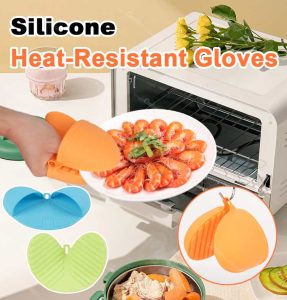
Is Silicone Toxic When Heated?
Food-grade silicone is non-toxic. It does not release BPA, phthalates, or other harmful chemicals when baked under safe temperature ranges.
Are Colored Silicone Molds Safe?
Yes, if the pigments used are food-safe and certified. Reputable manufacturers ensure that dyes do not affect safety or performance.
Are All Silicone Molds Oven Safe?
Not all. Some cheap products contain plastic fillers that reduce durability and may emit odors. Always choose certified silicone products.
Silicone Bakeware vs Traditional Materials
Compared to Metal Bakeware
Metal pans offer excellent heat distribution but can rust, warp, or stick to food. Silicone is flexible, lightweight, and non-stick, making food release easier, though it may brown food slightly less evenly.
Compared to Glass Bakeware
Glass can withstand high heat but is heavy and breakable. Silicone is safer to handle, won’t shatter, and is easier to store.
Silicone Baking Mats vs Parchment Paper
Silicone mats are reusable, eco-friendly, and cost-effective. Parchment paper is disposable, convenient for one-time use, but creates more waste.
Tips for Safely Using Silicone Bakeware
-
Choose FDA or LFGB certified products.
-
Avoid open flames and direct stovetop heating.
-
Do not cut with knives inside silicone molds.
-
Wash thoroughly after each use and dry completely.
-
Replace old or damaged molds. Cracks or white fillers showing mean the product should be discarded.
-
Place silicone molds on a metal tray for stability and even baking.
How to Identify High-Quality Silicone Bakeware
Pinch Test
Pinch or twist the silicone. If it turns white, it may contain fillers. Pure food-grade silicone remains the same color.
Smell Test
High-quality silicone should have little to no odor. Strong smells may indicate low-grade materials.
Certification Check
Look for FDA or LFGB symbols on packaging. Certified products guarantee safety.
FAQ: Silicone Bakeware Safety
Q1: Is silicone bakeware safe for all ovens?
Yes, as long as the oven temperature does not exceed 230°C (446°F).
Q2: Does silicone release toxins when heated?
No, FDA and LFGB certified silicone does not release harmful substances.
Q3: Can I put silicone in the microwave?
Yes, silicone is microwave-safe and does not melt.
Q4: Are silicone baking mats better than parchment paper?
Silicone mats are reusable and eco-friendly, while parchment paper is disposable.
Q5: How long does silicone bakeware last?
With proper care, silicone bakeware can last for years without losing performance.
Conclusion – Is Silicone Bakeware Safe?
Yes. Food-grade silicone bakeware is safe for baking, microwaving, and freezing, as long as it is used within its temperature range and sourced from reputable manufacturers. It does not melt in the oven, does not release toxins, and offers an eco-friendly alternative to disposable bakeware.
At Coolnice, we manufacture silicone bakeware and kitchen tools with FDA and LFGB certified silicone. Our products are tested for durability, heat resistance, and long-term safety. With years of OEM and ODM experience, we provide custom silicone molds and kitchen solutions trusted by brands worldwide.
Contact Coolnice today to request a free quote for custom silicone bakeware that is safe, durable, and eco-friendly.


